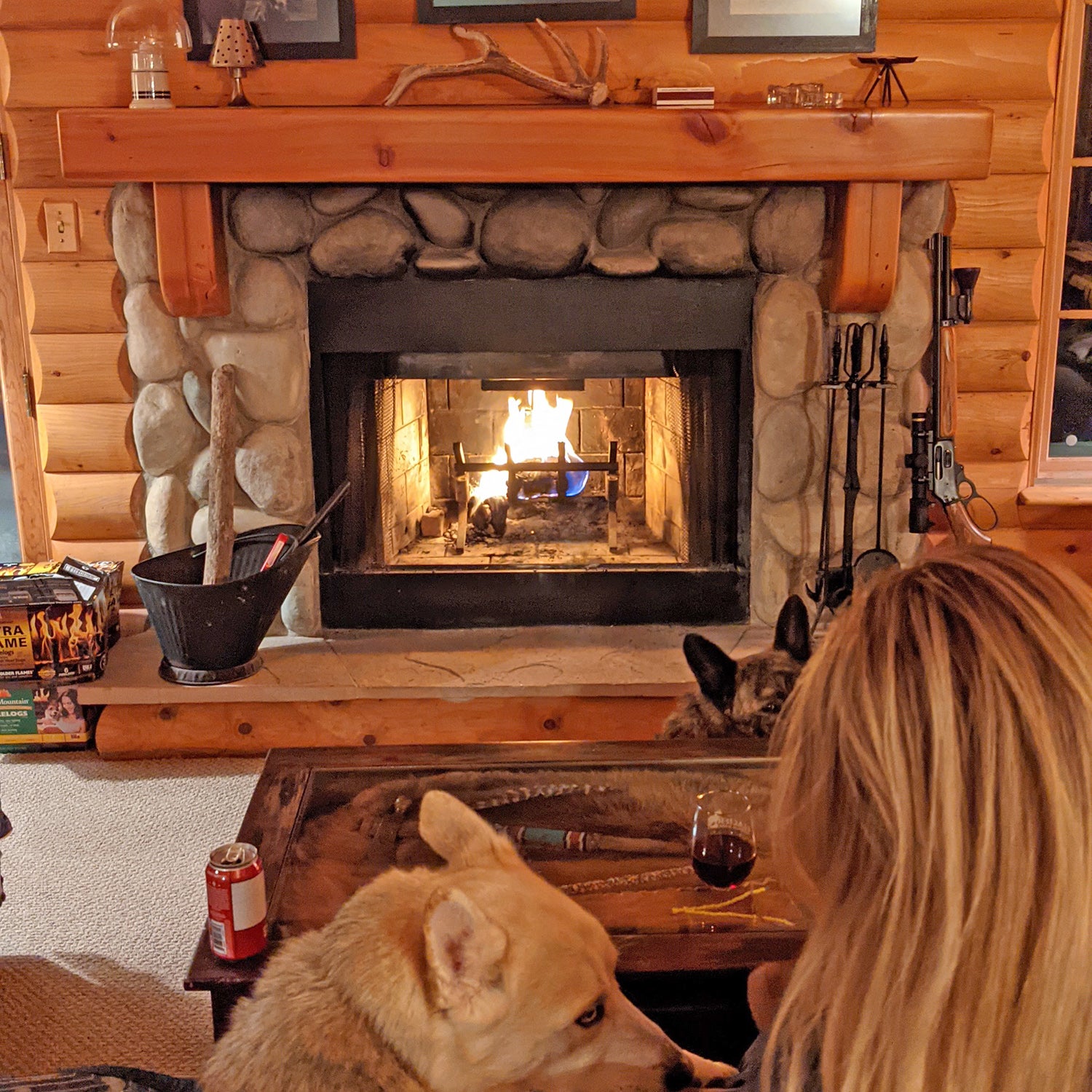Visiting a remote destination? The supply of electricity and other utilities becomes less reliable and more prone to outage the farther away from civilization you travel. Treating blackouts and other utility shortages as inevitabilitiesÔÇöand planning for themÔÇöwill boost your comfort in the likely event that one occurs.
My wife, Virginia, and I were lucky enough╠řto spend a month at our cabin in northern Montana over the holidays. Five days before we planned to head home, a windstorm knocked out the power. Rather than end our trip early, we made do, but we could have been more comfortable if we had╠řpacked a few more essentials. Based on what we learned that week, here are╠řsome tools and approaches that could have made our experience easierÔÇöand will ensure comfort when electricity fails.
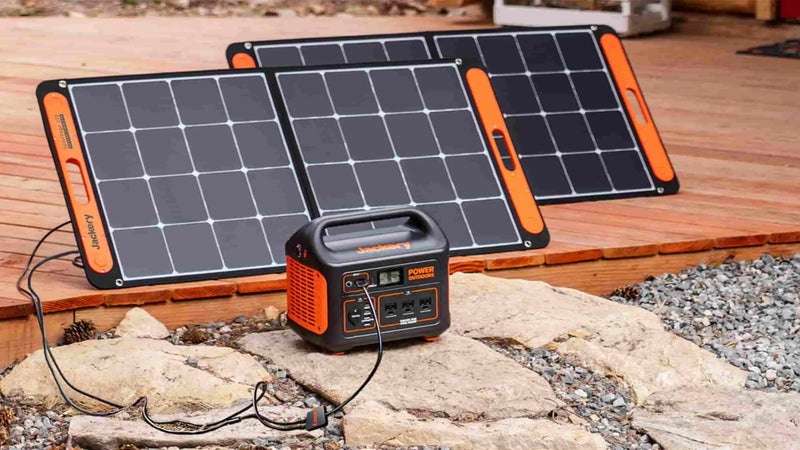
Pack Your Own Power
Portable power supplies (generators) used to be huge, expensive, heavy, noisy, and dirty. No longer. Simple, affordable batteries-in-boxes are now capable of handling most normal power needs with much more convenience. The ($600) is a good example. Fitted with USB ports, a three-prong 110-volt outlet, and a 12-volt car adapter, it can charge your phone, power some lights, and run a TV. And╠řwith a maximum output of 500 watts, it can probably do all three jobs simultaneously.
IÔÇÖve been using an Explorer 500 for the past nine months╠řto charge gadgets and run lights around camp, as well as to power my pellet grill at home. (ItÔÇÖs more convenient than an extension cord in some circumstances.)╠řI didnÔÇÖt remember to bring it to the cabin this time, but I wish I had. We had╠řdownloaded a bunch of movies onto an iPad ahead of time, since the satellite internet connection is slow and unreliable at the best of times, let alone╠řduring extreme weather. That was a good plan, until we could no longer keep the device charged.
Batteries-in-boxes like this╠řare great for light-duty gadgets╠řbut typically donÔÇÖt have the capacity to power high-draw devices like space heaters or power tools. When you shop, compare batteryÔÇÖs specs to the power requirements of the appliances youÔÇÖll want power. If you might be off-grid for an extended period of time, consider pairing your battery with solar power. Adding ╠ř($300) to the Explorer 500 gives us the ability to meet most of our power requirements indefinitely.
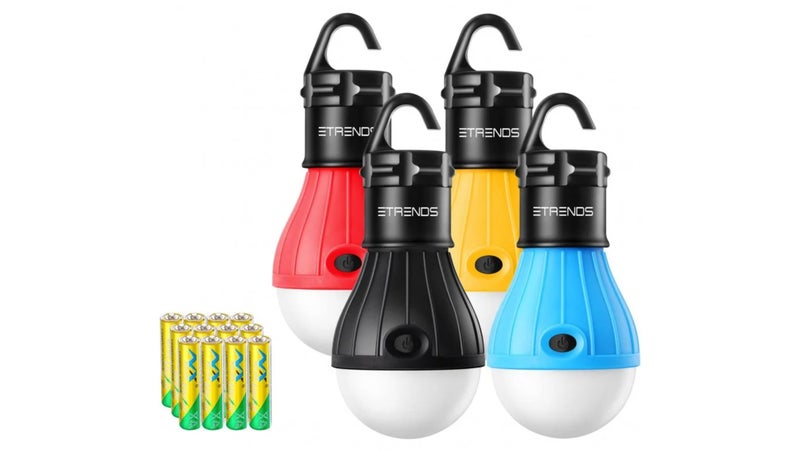
Let There Be Light
I always have a flashlight on my keychain, and we keep headlamps in our travel bags. While those are great for responding to immediate lighting needs, theyÔÇÖre less capable of╠řproviding long-term area lighting.
We keep candle lanterns at the cabin, and I remembered there was a battery-powered LED work light in the truckÔÇÖs tool kit. But we both agreed that a few battery-powered╠řlanterns would have made nighttime tasks╠řlike preparing food and╠řnavigating the cabinÔÇÖs tight confines╠řa lot easier.
To better prepare for next time, I ordered a dozen of those╠ř$3.25 lightbulb lanterns╠řI recommended last year. WeÔÇÖll store them along with a big pack of (which have a ten-year shelf life) in one of the cabinÔÇÖs closets╠řand never find ourselves without adequate interior and exterior light again.
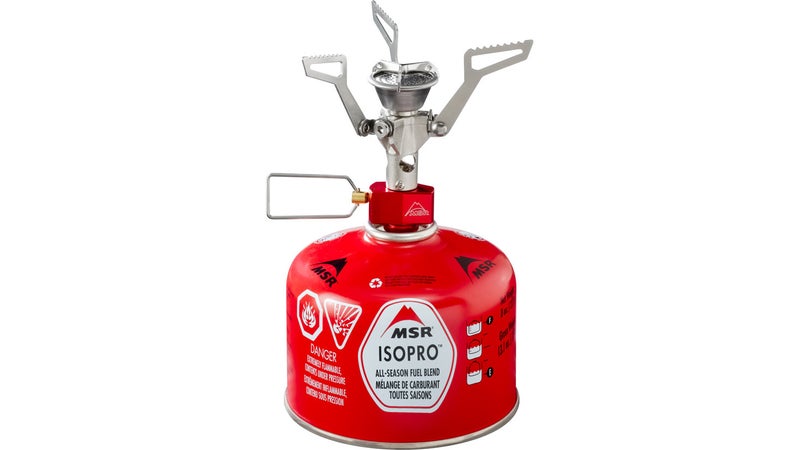
Cook Like YouÔÇÖre Camping
When my wifeÔÇÖs family remodeled the cabin a few years ago, they paired a propane stove with an enormous outdoor tank, so we╠řwere able to light the stove with a lighter. Had we been relying on an electric range╠řor run out of fuel, we wouldnÔÇÖt have been able to╠řto cook╠řor boil water.
Simply throwing a small camp stove, with your fuel of choice, into your car is easy insurance. I only ever use Mountain Safety Research stoves for backcountry adventures, because theyÔÇÖre made in Seattle╠řand the company takes the time to validate the function of each unit before shipping them. At just 2.6 ounces, the ╠ř($45)╠řis my go-to burner. It takes one minute to bring a liter of water to boil at sea level, but the stove also provides fine heat adjustment so╠řyou wonÔÇÖt burn your bacon. Carry a 16-ounce bottle of ╠ř(from $5), and youÔÇÖll be cooking for a week or more, no matter the temperature or altitude.
Whenever you cook with gas, make sure youÔÇÖre doing so in a well-ventilated area, and take care to ensure the fuel flow is completely turned off when youÔÇÖre done. I always disconnect the stove from the fuel once everythingÔÇÖs cooled down.
DonÔÇÖt Forget Fire
Eager to use the freshly rebuilt fireplace, I packed a good splitting ax╠řand a packable bow saw for the trip. It turns out the fireplace is still limited in its ability to breathe, so I had to carefully size the wood down for fast combustion to make it work. With a 3.5-pound head and generous 30-inch length, the ($160) made quick work of the cut logs IÔÇÖd stockpiled last summer. And╠řthe ($75) was able to shred╠řboth small branches and large limbs to make kindling.
Digging around the cabinÔÇÖs pantry in the dark, I came across a case of ($14 for 12). IÔÇÖve never found a commercial fire starter capable of outperforming the Vaseline-soaked cotton balls I make at home, so I was skeptical of these. I shouldnÔÇÖt have been.╠řThe weatherproof plastic packaging burst into flame╠řand burned for nearly 15 minutes, lighting even larger logs with ease. Given that each starter╠řweighs no more than one of my tried-and-true coated cotton balls, IÔÇÖm replacing the cotton with the instant starters for all future outdoor activities.╠řI ordered several cases to keep at the cabin and at home, where IÔÇÖve been using them to light charcoal grills. (They wonÔÇÖt change the taste of your meat.)
I was worried that the windstorm that knocked out power would also drop╠řtrees across the seldom-traveled dirt road that runs to the cabin. If it had, IÔÇÖd have been left with nothing but an ax, saw, and vehicle winch╠řto clear our path home. But nothing blew down that I wasnÔÇÖt able to╠řdrag out of the way myself. We got off lucky, but I know that wonÔÇÖt always be the case. So, for peace of mind, I bought a chainsaw to carry with us in the future. shares batteries and chargers with my other power tools, and its 16-inch bar should make for a good compromise between cutting╠řspeed and portability. ItÔÇÖll make my firewood processing duties easier, too. Why go cordless rather than gas, especially considering I may need to use it during a power outage? Without any gas to leak or get smelly, the Dewalt should be easier to pack along on a trip, increasing╠řthe likelihood that IÔÇÖll have it when we need it.
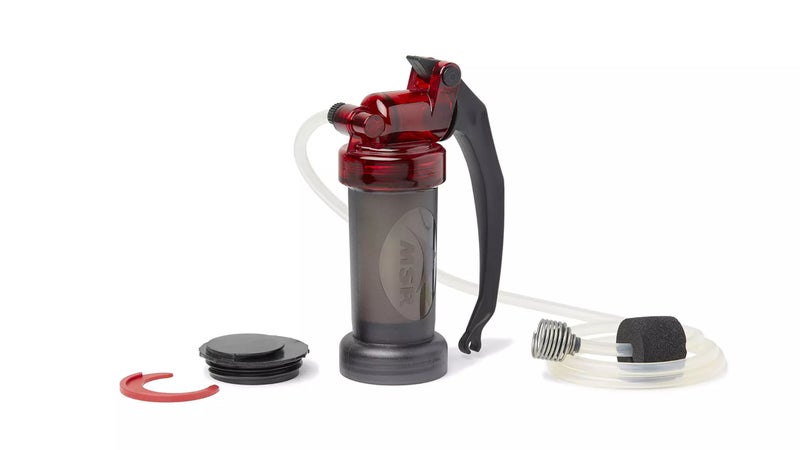
Get Serious About Sanitation
In most built-up areas, tap water is provided by gravity, not electricity. Our cabin uses an electric pump to pull water from the lake itÔÇÖs situated on, which isnÔÇÖt unusual at similar properties╠řbut obviously means you lose water when you lose power.
No water means no toilets, sinks, showers, or╠řeasy source of clean drinking water. And aside from being an inconvenience, it also means increased odds of getting sick.
All of us are guilty of worrying about dramatic dangers╠řrather than everyday ones.╠řWithout running water, the risks we faced at the cabin this time didnÔÇÖt come from grizzly bearsÔÇöthey came from the raw chicken we feed our dogs, cross-contamination from our own poop, and the meals we prepared four ourselves.
Since we were prepared for the pandemic, we had no shortage of hand sanitizer, disinfectant wipes, and Lysol. This was simply a good reminder to remember to pack those things next year, too.
One thing I didnÔÇÖt bring╠řthat I probably should have╠řwas a good water filter. With the lake right there, we spend a lot of evenings in the summer sitting on the porch, watching the beavers get down to work. Giardia is called ÔÇťbeaver feverÔÇŁ╠řfor a reason. The ($110) IÔÇÖm planning to leave at the cabin on our next visit will provide guaranteed access to clean water in the future.
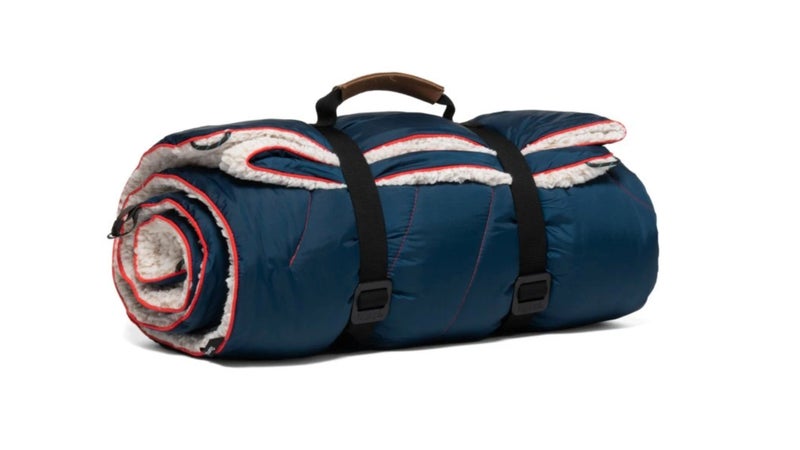
Stay Warm
Nothern Montana is not a warm place. While this year was a little milder than past years, we were still dealing with single-digit temperatures at night, and the heater went out when the power failed.
Heating the cabin with the fireplace worksÔÇöup to a point. But the bedroom is a long distance╠řfrom the fireplace, and keeping the fire going all day and night precludes getting much sleep. For that reason, I always bring an assortment of puffy camp blankets every time we visit.
While RumplÔÇÖs lighter, more packable options work better on a couch╠řor in a backpack, we rely on the╠ř ($249) to keep us warm in bed no matter what. It combines a 30-denier ripstop polyester face (durable and╠řsheds dog hair and drool), puffy synthetic insulation, and a high-pile sherpa fleece bottom. At 4.5 pounds, the two-person version fits a queen-sized bed╠řand is heavy enough to almost work as a weighted comfort blanket. ItÔÇÖs also extremely warm. Even without heat, we could just crawl into bed and stay cozy all night long.


